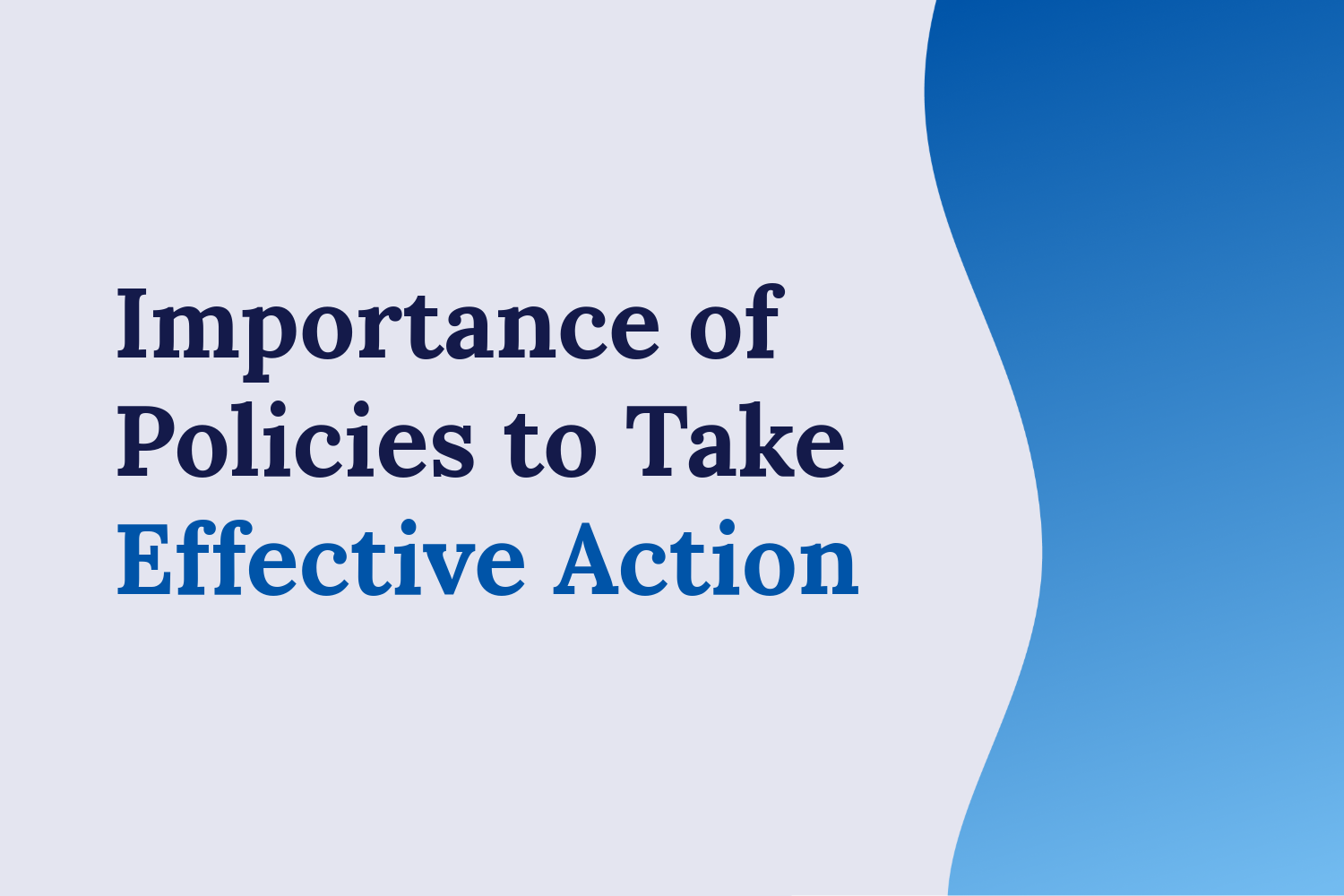Think about this. When you need to make decisions that affects someone’s needs and rights, are you more likely to follow a policy or procedure to know what action to take?
It is okay if you do not have an answer for this. In fact, you may be thinking that a policy and a procedure may be the same thing. Many documents such as policies, procedures, and guidelines are interrelated to achieve the same goal. However, the decision making responsibilities make each document represent different types of action to the same goal. Below are highlights of the different documents aligning with decisions and power for change.
Policies: Legislation or higher level documents that can be extremely specific or vague/general to address a gap that exists. It highlights the expectations, roles, and responsibilities that different stakeholders have to be part of the solution.
Procedures: A document that is informed by policies and legislation but is more specific on the actions and processes that a stakeholder must follow to either ensure that the policy is followed correctly or provide a step-by-step process when a certain policy needs to take action. This is usually specific to departments and roles based on the responsibilities that departments may hold in the policy.
Guidelines: Usually a shorter, simpler version of a policy or procedure to give information to people about their rights and responsibilities outlined by the policy. This tends to be given out to individuals who the policy is created for or for people to understand before learning the procedure. It can also provide an overview to more in-depth legislation and complex issues in digestible pieces to ensure that the policy is sustainable.
I should mention that sometimes people use legislation and political action interchangeably with policy since policies are commonly developed from legislation which is informed by the action of the community showcasing that need for the solution. It is important to recognize that policies exist everywhere and are not exclusively a governmental process. All sectors use policies to help provide access, consistency, and standards to their processes and procedures.
Consider how influential policies can be solely by the knowledge of procedures and guidelines being developed based on the policy noted, how does it really determine the decisions and outcomes? Well, there are a few ways in which how we do policies affects the success of the solution that it intended to be.
Policies are often not reviewed consistently enough with the pace of societal change. Governments and administrative processes for policies take a significant amount of time. There is a common complaint on how slow the government is to change with the bureaucratic red tape. If policies are not consistently updated, new ideas, solutions, and the change of social perceptions will no longer be aligned to the policy. If people can only make decisions based on the policy, we can easily leave people behind.
Policies typically used higher level, specific language. Reading policies is a skill. I learned from experience of needing to read policies to survive a system and through my education obtaining a major in public policy studies. The language can be the factor that determines whether or not the policy is for you and whether you can benefit from the policy. Even the ability to take action of the policy is determined based on how vague or specific the language is and how it can be interpreted.
Not having policies for gaps and needs is also part of the conversation. Depending on the size of the stakeholders that the space is for, whether or not you have a policy for a specific solution is critical. Without the policy, procedures may be different based on who decided that procedure should be made for. It creates confusions and inconsistencies that could be creating bigger issues and lack of trust.
Policies really have an impact on whether or not the gap is addressed and the solutions are effective. It is important to also consider that there can be an amazing policy but the interpretation of the policy to procedure is misaligned. It also does not consider the individual decisions that can exist depending on the responsibilities and power that different stakeholders can potentially have. Policies provide the standard and guidance to look up to when addressing an issue that needs to be solved. Policies are solutions written down to provide a pathway to enforcement and accountability. It is why it takes so long to develop but, it can be reimagined if we consider different expectations and approaches on how solutions within our communities can be put into action.

